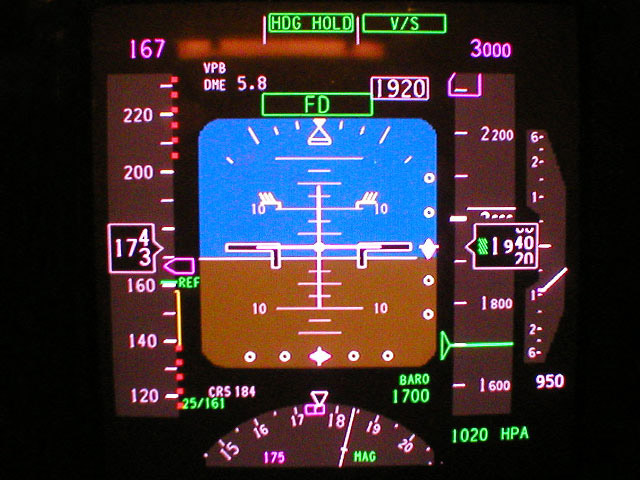People often have concerns about the longevity of cathode ray tube technology.
Below, we provide insight on the questions we hear most often.

Absolutely. CRT technology is common in the vacuum tube industry as a whole, which continues to serve many applications across a wide variety of industries. These include:
There are many advantages of CRTs, and one major one is the fact that CRTs use tried-and-true technology that has been in successful application for many decades. That doesn’t mean it’s old; it means it’s a reliable solution. In addition, they’re also:
The biggest maintenance upkeep needed throughout the life of your CRT is refreshing the phosphor coating. The phosphor coating determines the brightness, color, and persistence of the illumination, and various types are available depending on your needs. For example, to best see brief, fleeting events, a long persistence phosphor is recommended. For events that are fast and repetitive, or high frequency, a short-persistence phosphor is generally preferred.
Over time, phosphors wear down and lose some of the properties that make them functional. By replacing the phosphors in the CRT technology that you utilize, you are able to extend the overall life of that CRT. There are around 50 different phosphors available for your CRT, ask us which ones are best for your application.
Indeed, they will. For over 65 years, our focus has been CRTs; they will continue to be our focus for the foreseeable future. Further evidence of our commitment is shown through:
The technologies we use at Thomas Electronics are the same as those used in a variety of high-technology manufacturing processes and industries. For example:
Our Quality Assurance tools are common to today’s high-tech world. Processes such as thin film measurement, optical & laser measurement, and RGA are in place across an array of industries. Other consistencies include:
We’ve been manufacturing products for the electronic display and imaging market since 1948. Over this time, we’ve developed strong, enduring relationships with our suppliers at all levels. We actively maintain those relationships with frequent visits and collaborative interchange of key data.